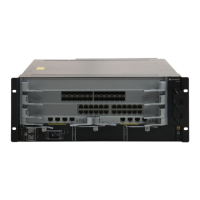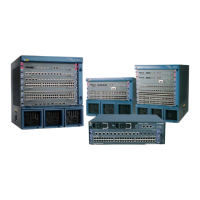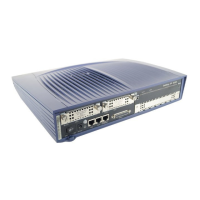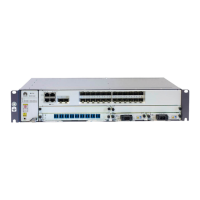8.6.1 Clearing STP/RSTP Statistics
You can run the reset commands to reset STP/RSTP statistics to 0.
Context
CAUTION
STP/RSTP statistics cannot be restored after you clear them. Therefore, exercise caution when
using the reset commands.
After you confirm that STP/RSTP statistics need to be cleared, run the following command in
the user view.
Procedure
Step 1 Run the reset stp [ interface interface-type interface-number ] statistics command to clear
spanning-tree statistics.
----End
8.7 Configuration Examples
This section shows typical usage scenarios of STP/RSTP by describing networking
requirements, configuration roadmap, and data preparation, and provides related configuration
files.
8.7.1 Example for Configuring Basic STP Functions
This example shows how to configure basic STP functions.
Networking Requirements
On a complex network, loops are inevitable. With the requirement for network redundancy
backup, network designers tend to deploy multiple physical links between two devices, one of
which is the master and the others are the backup. Loops are likely or bound to occur in such a
situation.
Loops will cause broadcast storms, thereby exhausting network resources and paralyzing the
network. Loops also cause flapping of MAC address tables and damages MAC address entries.
STP can be deployed on a network to eliminate loops by blocking some ports. On the network
shown in Figure 8-3, after SwitchA, SwitchB, SwitchC, and SwitchD running STP discover
loops on the network by exchanging information with each other, they trim the ring topology
into a loop-free tree topology by blocking a certain port. In this manner, replication and circular
propagation of packets are prevented on the network and the switching devices are released from
processing duplicated packets, thereby improving their processing performance.
Quidway S7700 Smart Routing Switch
Configuration Guide - Ethernet 8 STP/RSTP Configuration
Issue 01 (2011-07-15) Huawei Proprietary and Confidential
Copyright © Huawei Technologies Co., Ltd.
408

